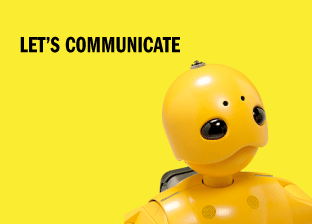
This post is from a Long Form Fundamentals class I taught last year. My position has changed on this, but it may help you.
Acting as responder in a scene has been a big topic of conversation recently. Some people asked me my opinion, so I decided to write it down. Hopefully it helps.
There are three categories of response:
Complete – Speaks to the question: What am I looking at?
If someone starts a scene by picking up rubbish and throwing it away, you might mime throwing things on the floor. It doesn’t have to be opposing to them, but we complete the picture. Alternatively you could come in as the bin.
Consolidate – Speaks to the question: What is happening in this scene?
Join. Think mirroring. You’ll join them on whatever train they are on. If someone initiates a scene picking up rubbish, you’ll do the same. Major difference from complete is that this move wouldn’t necessarily answer the question of what is happening – but it will definitely add weight to the action, and might imply relationship/character dynamic.
Connect – Speaks to the question: Who are these people to each other?
Our trusty improviser starts a scene picking up rubbish, and you step out and give him a hug. This move may not add weight to the action, it might not tell us anything about what is happening in the physical world, but it will tell us a lot about the relationship/character dynamic.
I would wager you’re already trying to think of another option. I’d love to hear any you come up with.
Leave a Reply